11. Novermber 2022, by Alessia Pilloni

program of the workshop.
Like all specific topics within the study of antiquity, astronomy too is polyhedral, and each of its expressions can be analyzed from different points of view. One might focus only on a particular textual genre, whether mathematical or literary, or on one particular artistic representation, but this does not always give a satisfactory sense of unity or a complete understanding of the subject. That is why bringing together experts in individual aspects, i.e., history of science, Egyptology, Assyriology, classical philology, papyrology, archaeology, and art history, is so crucial: the intersection of the different approaches sheds light on matters that would remain unsolved, but with wider perspectives, we pave the way for resolving old research questions and posing new ones.
The workshop “Imagining the Sky: The Zodiac and Related Astral Imagery in the Ancient World” aimed to be a bridge connecting the study of ancient astronomy in different times and places, and also between texts and visual representation. In particular, how the concept of the zodiac and related topics has been adapted in images of different times and places and for different purposes, which, from a cross-cultural point of view, has not been studied in depth so far. Both the materials available and the supports are varied: from the schematic and stylised drawings on clay tablets in Mesopotamia, to the rich and colorful representations in Egyptian temples, and further, from the Greco-Roman monuments and small objects bearing cosmic elements, to their adaptation in Indian and Japanese manuscripts.
This blog post is meant to be a tribute to the success of this meeting of researchers of ancient astral sciences and a summary of the main topics that were discussed. All the presentations were connected by a common thread that motivated scholars to discuss and fascinated students and scholars from other disciplines.
Modern science at the service of ancient astronomy
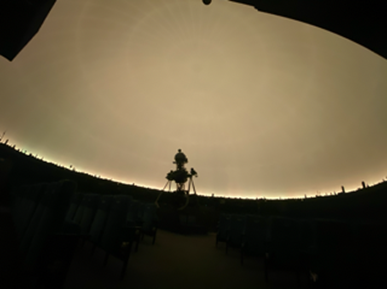
There is nothing better than a projection of the sky at the planetarium to visualize and imagine the sky as seen in antiquity. Indeed, Susanne Hoffmann’s presentation at the Planetarium am Insulaner opened the workshop. The purpose was to show how the heavens and their moving bodies looked 3000 years ago in Babylon, when expert observers divided the sky into twelve segments identified by twelve constellations, the zodiac.
It is a great advantage to use modern instruments in order to visualize the data from ancient texts and images. On a virtual sky one can project the data from texts and images at different times and places in ancient history: the Babylonian lists of stars and constellations in the MUL.APIN compendium, Ptolemy’s coordinates, the uranology of Hipparchus and Aratus, the Zodiac depicted on the Farnese globe and so forth.
Images of the ancient sky and the texts referring to them extend beyond Mesopotamia, Egypt, Greece and Rome. For this reason, a group of researchers at the Max-Planck-Institut is working on a database on the materiality of the heavens in different cultures. The zodiac, for example, is transmitted and represented with characters from the transmitting culture but also adapted to the culture of the receiver, and patterns of transmission and influence can be traced as far as India and the Far East (China and Japan), as shown in the presentation by Sonja Brentjes.
Mesopotamian diagrams and drawings
Speakers: Jeanette Fincke, Wayne Horowitz, Willis Monroe, Marvin Schreiber, John Steele, John Wee
While there is an abundance of cuneiform tablets providing evidence of astronomical scientific activity in Mesopotamia, only a few also bear traces of graphic representations. The contributions of Assyriologists have in fact focused on this: the interaction between what is written and what is drawn on the tablet, meaning drawings and diagrams. Some drawings carved on the tablets are clearly depictions of constellations, like the ones in the famous astrological tablet VAT 7847.Assumptions about the diagrams, however, such as the ones that appear on the Neo Assyrian circular tablet K 8538, which were interpreted as stylised constellations during the time of the pioneers of Assyriology, such as Archibald Henri Sayce and Ernst Weidner, are to be re-examined. There is still no firm understanding: it is not even certain that the representations refer to astral elements. What is truly important is to reconsider the sources and the previous interpretative positions, in light of the new sources, and adapt them to advances in modern knowledge of Mesopotamian culture.
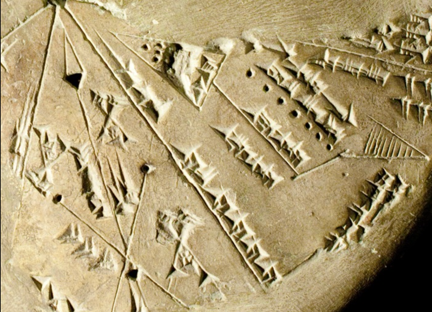

Maps of the sky in ancient Egypt
Speakers: Victoria Altmann-Wendling, John Baines, Yossra Ibrahim, Christian Leitz, Daniela Mendel-Leitz, Rune Nyord.
The first example that springs to mind is certainly the spectacular representation of the zodiac in the ceiling of the temple of Hathor in Dendera. There are certainly others: representations of the sky are very well attested in sarcophagi, pyramid ceilings and temples. The central theme is the presence of the personifications of the cosmic elements, such as planets and constellations, for example, the decans, the hours of the day, the winds, and so forth. Such representations aim to be sorts of “maps” of the heavens and are populated by deities and creatures. For instance, a pig swallowing celestial bodies might represent eclipses, and certain animals (scarab and falcon) are often shown carrying the sun—the actions that they perform represent the myth behind the astronomical event.
These images contain elements that confirm stylistic and cultural influences from outside Egypt, but also strong Egyptian features. Once again, the perfect example is the zodiac: a concept originating from Babylonia, but whose elements are represented with the Egyptian iconographic repertoire.
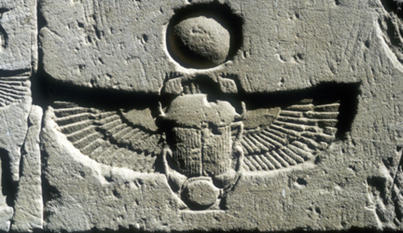
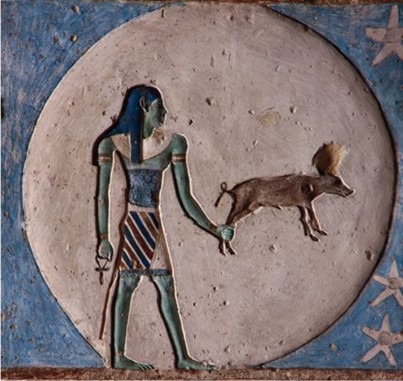
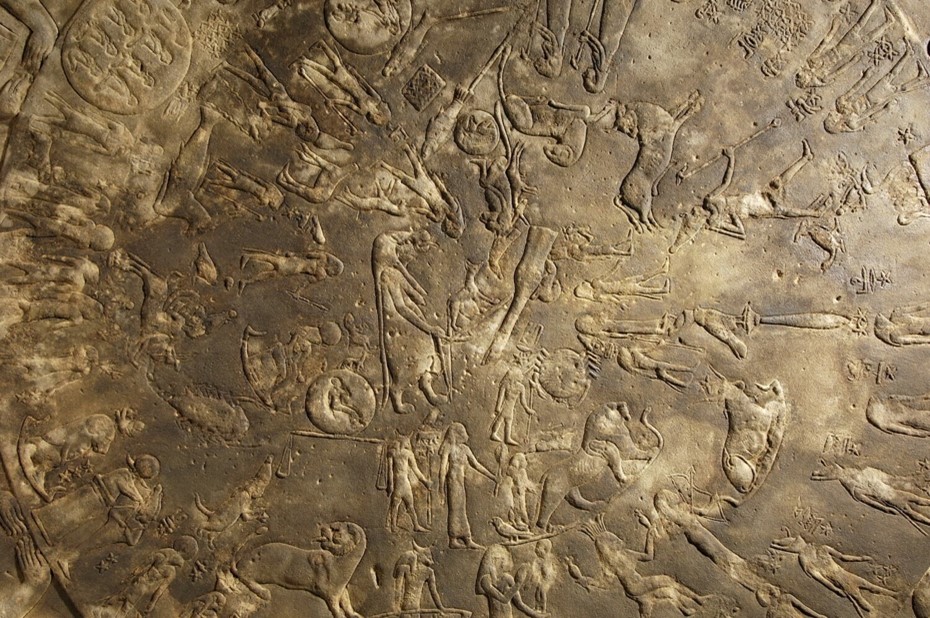
Images of the cosmos in Greco-Roman art and beyond
Speakers: Benjamin Anderson, Nicola Barbagli, Ilaria Bultrighini, Fabio Guidetti, Wolfgang Hübner, Stamatina Mastorakou, Fabio Spadini
In Greco-Roman art, representations of cosmic elements are found on coins, on monuments, mosaics, gems, and other objects. Much has already been said about such artifacts from an artistic point of view, but during the workshop the focus was on the interpretation and meaning of the schemes in which the astral elements are arranged.
From the point of view of written sources, Hellenistic astrology presents a highly sophisticated way of reading the signs, based on geometrical schemes.
On the other hand, in certain artifacts the disposition of the zodiac can assume different dispositions, with the signs oriented differently, for decorative reasons. This brings certain artistic objects far from an astrological purpose.
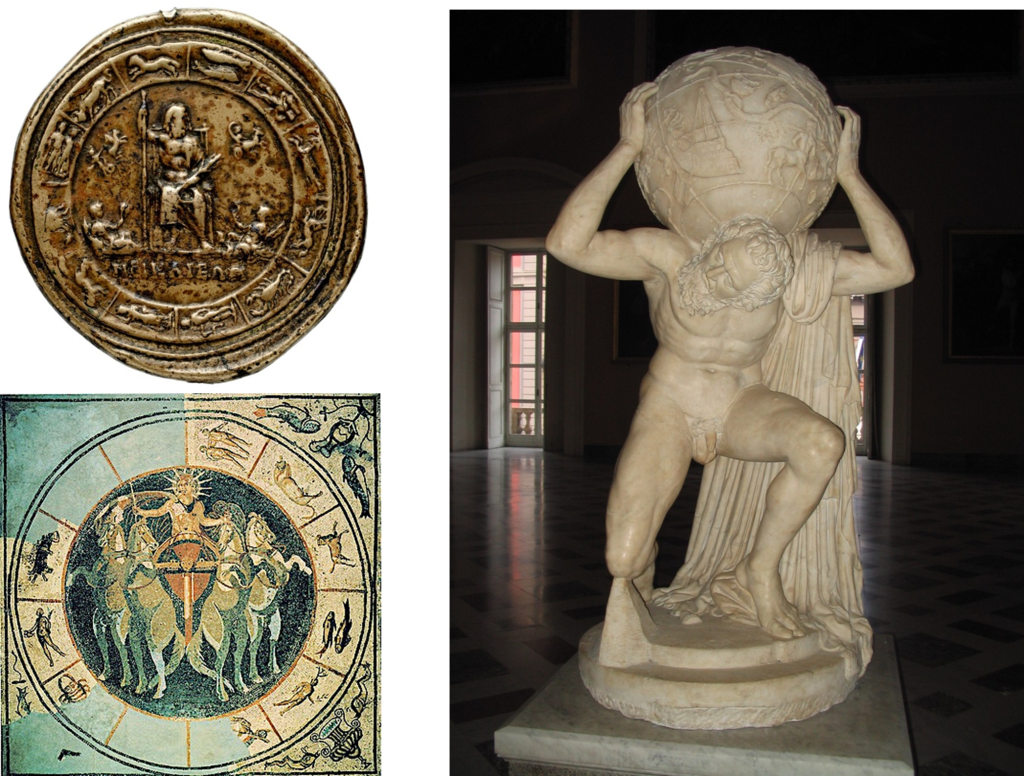
Bottom left: Pavement mosaic, Landesmuseum, Bonn.
Right: Farnese Globe, Museo Archeologico Nazionale, Naples.
Some concluding thoughts
The attendance was plentiful both online, with more than a hundred virtual participants, and in person, with sixty participants in the conference room, some of them from overseas institutions: an excellent example of the resumption of in-person research activities, after two arduous years of pandemic.
For a glimpse into the future: the papers will be part of the proceedings volume, which will be curated by Mathieu Ossendrijver and Andreas Winkler and available in open access by winter 2023.
To conclude with a thought of gratitude, all that has been presented and discussed was enriched by a pleasant atmosphere of unity, sharing, and openness to dialogue on the part of the participants, perceptible not only during the presentations, but also during breaks and convivial moments.
It has been an intense dive into the world of ancient astronomy: “imagining the sky”, through pictures and texts, how the ancient people saw and perceived the heavens above their heads, tried to glean signs, and unlock its secrets by creating methods to calculate its motion in order to predict the future.